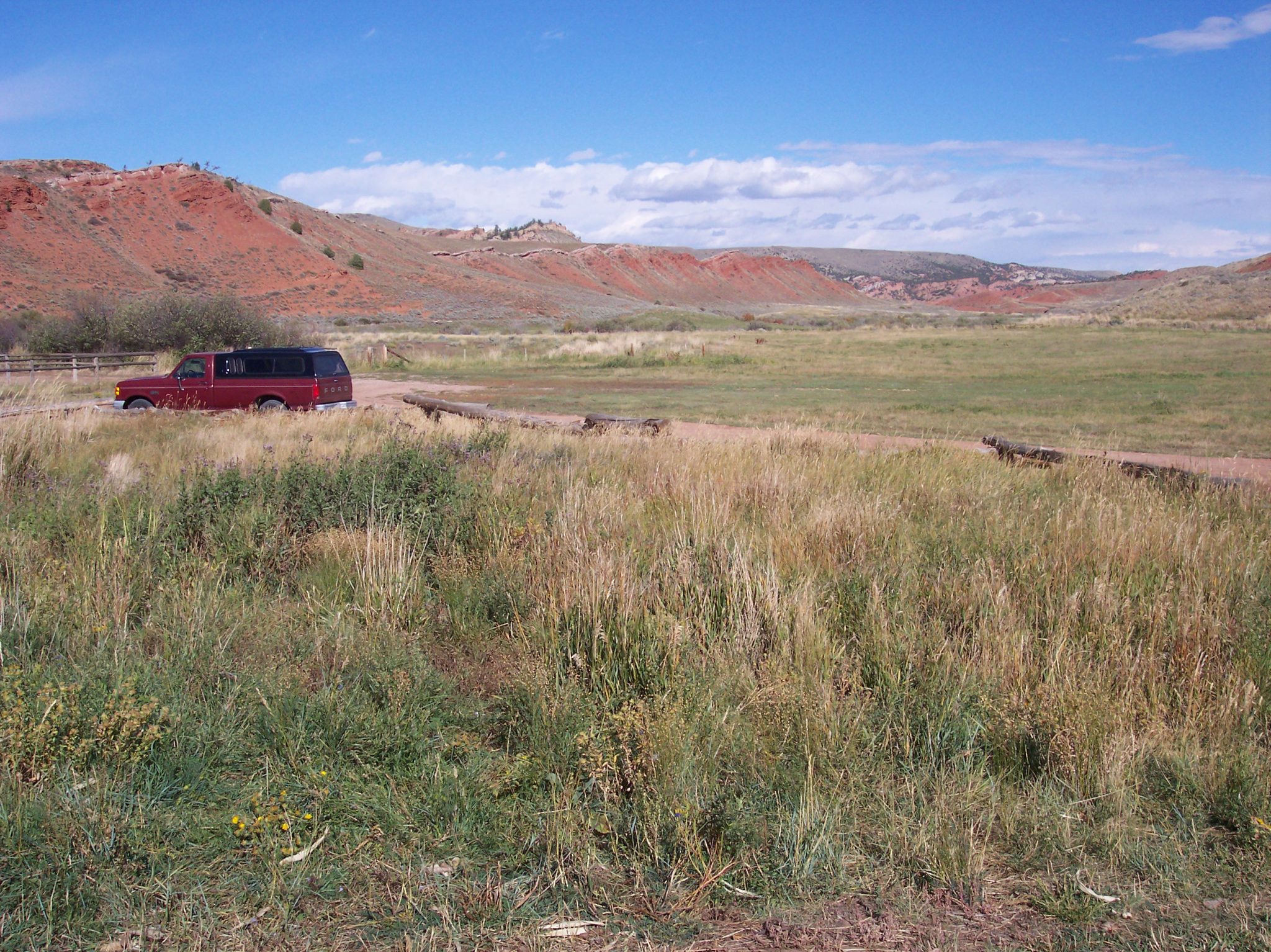Sun Prairie – 10 Years Strong
In March 2002, Michael Pollan wrote a seminal article for the New York Times Magazine chronicling the life of a conventional steer. Tom, my father, cut the article out of the magazine and sent it to me in Lander, Wyoming, where I was working as an outdoor guide. I regularly received articles like this, the margins filled with penned opinions, while I was on the road. We were familiar with feedlots and the problems therein (Tom is a large-animal veterinarian), but the clarity of Pollan’s article was startling. More importantly, it described an alternative: 100% grass fed beef.
I mentioned the article to my supervisor the next day. It started a conversation about local food, health, and sustainability, or the reasons why she bought grass fed beef from a ranch just outside of town. With a couple days off between contracts, bored with my forced downtime and curious about the ranch, I made a visit to Twin Creek Ranch. The owner, reserved at first when discussing his operation, turned loquacious as he explained his evolution from conventional cattle to 100% grass fed. He had connected with locals (both near and far) and a restaurant to build “beyond organic beef” – a moniker popular at the time to differentiate what he was doing from feedlot operations. The seed was planted and I bought ten pounds.
At the end of the summer guiding season, I returned home and invited dad to dinner. Over Twin Creek Ranch grass fed steaks, I pitched the idea of an all grass fed operation. We had already morphed from conventional beef fattening to an all-natural program where we sold yearling heifers to local ranchers. Could we keep a few and finish them on grass? It was possible, but we didn’t know how to reach customers. Things stalled.
Tired of long periods away from friends and family, I gave up working as an outdoor guide in spring of 2005 and moved to Denver. The idea of grass fed beef was still a topic of conversation with my father, and now with me living in a nearby urban area, we had reason to believe we could make it happen. We reserved three head to fatten on grass through the summer. I cajoled colleagues, friends, and family to support what we were doing. “What is grass fed beef?” was a common question. Many made commitments not really knowing what they would receive, but trusted we would deliver. We arranged for processing and delivered the beef in a chest freezer loaded in the back of a trailer. We boxed beef as people arrived – dolling out fifty pounds of beef in make-shift boxes on a cool October afternoon, in exchange for cash or check. It was amateur, but it made our story a reality.
Ten years later, a lot has changed. The growing movement for humanely raised, grass fed beef has gained traction. Grass fed beef is now sought out for its positive effect on health, animals, and the environment. Which brings me to our latest incarnation: Sun Prairie has become an expansive community of people, land, and animals. Tom and I, as stewards, remain committed to positive land management, high standards of humane treatment, and healthy long-term relationships. Without all parts of our community, there is no Sun Prairie. And without the stories from Michael Pollan, my Lander-based supervisor, and Twin Creek Ranch, we would not have started this journey in the first place. And without your stories, we would have lost motivation long ago. Thank you for sustaining us for 10 years and thank you for being part of the Sun Prairie community.

